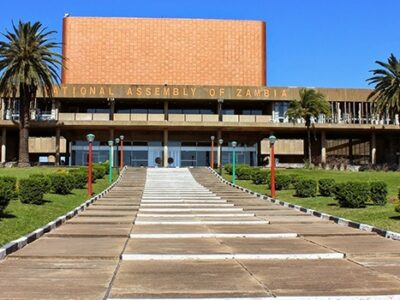The media is a powerful tool for disseminating information and reaching targeted audiences, including the most remote areas.
However, accessing some of the hardest-to-reach populations requires a strategic approach, particularly through community radio stations.
Community radio has proven to be the most effective way to disseminate information to these audiences.
These stations often “serve as the most trusted agent in town that brings change.”
They play a crucial role in building vibrant communities, mobilizing action, informing and empowering citizens, giving voice to marginalised groups, and bringing community needs to the attention of local and national governments.
Read more: Licensing online media in the era of constrained democratic space, by Lillian Mkandawire
Despite the challenges associated with community radio development, its impact is vast and undeniable.
Panos Institute Southern Africa (PSAf) Programmes Manager, Nervious Siantombo, emphasized the need for sustained investment to enhance the role of community radio in Zambia.
Siantombo called for governments to create supportive regulatory and operational environments for radio stations and for increased funding for programming that reflects diverse voices and perspectives.
“By strengthening the radio sector, we can enhance its ability to serve as a catalyst for positive change, promote social cohesion, and advance sustainable development goals,” Siantombo stated.
He also highlighted the need for financial support, journalist training, protection from undue influence, and investment in local content production.
Established community radio stations in rural areas broadcast in local languages, reaching isolated communities effectively.
To ensure messages are received by the targeted audience, media content should be produced in local languages and address specific needs and interests.
Using accessible formats such as audio, images, and simple language can cater to diverse literacy levels.
Collaboration with local organizations, NGOs, and government agencies is essential to amplify reach and impact.
Additional considerations include capacity building, where local media practitioners and community members are trained to produce and disseminate content.
Localizing content to adapt global information to local contexts makes it more relatable and effective.
By leveraging community radio stations and tailoring content to the needs of hard-to-reach populations, Zambia can integrate and empower these communities through media.
The power of community radio to mobilise groups and drive societal change is well-recognized globally.
It remains a crucial component of the media sector for empowering disenfranchised sectors and fostering democratic and social change.
WARNING! All rights reserved. This material, and other digital content on this website, may not be reproduced, published, broadcast, rewritten or redistributed in whole or in part without prior express permission from ZAMBIA MONITOR.












Comments